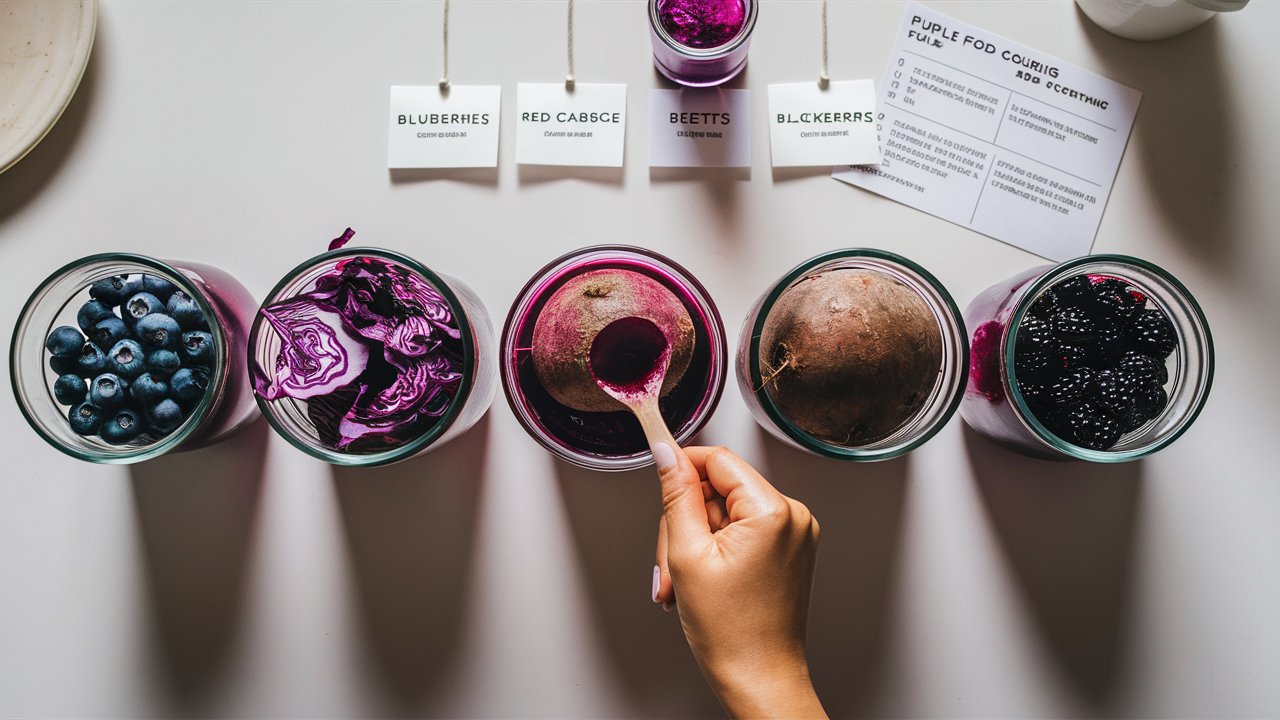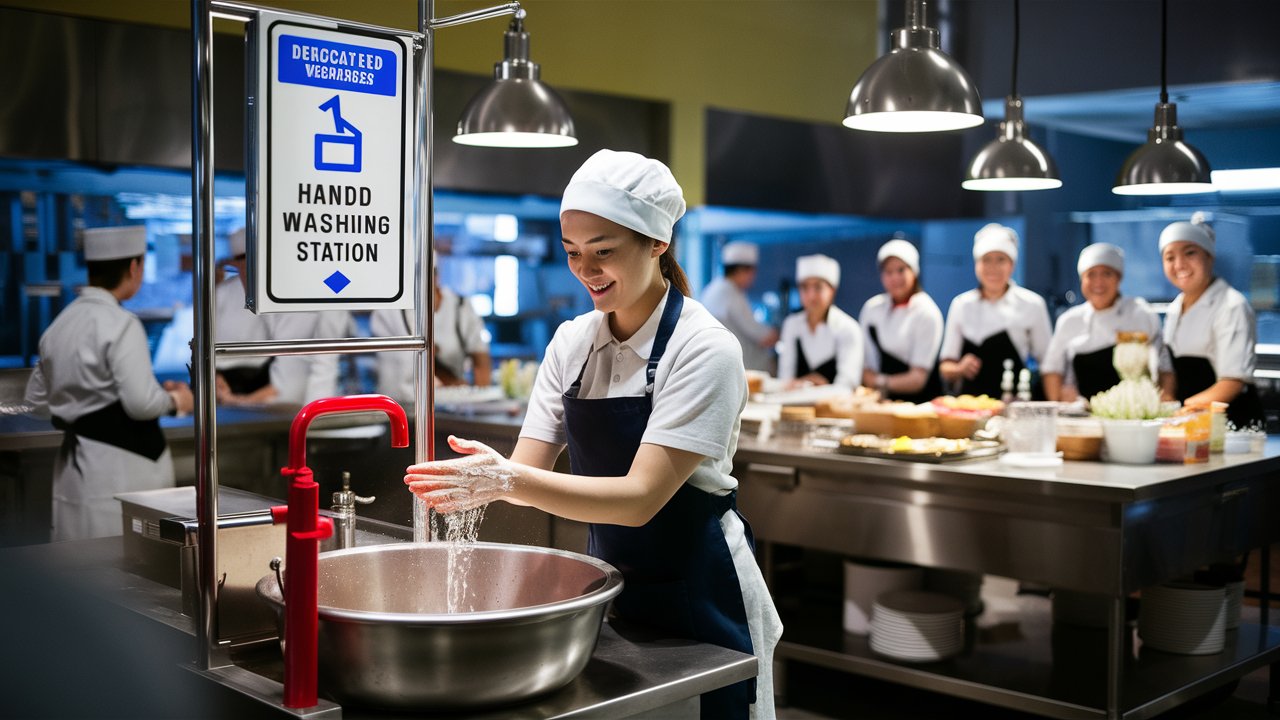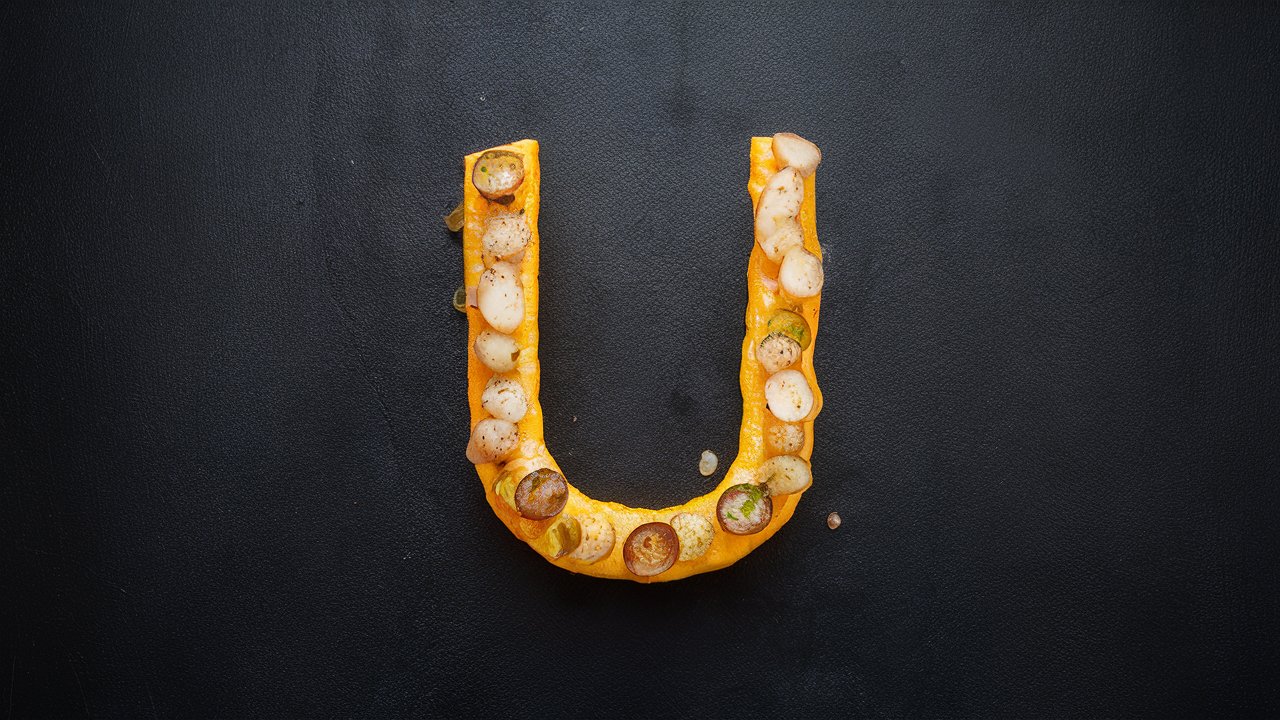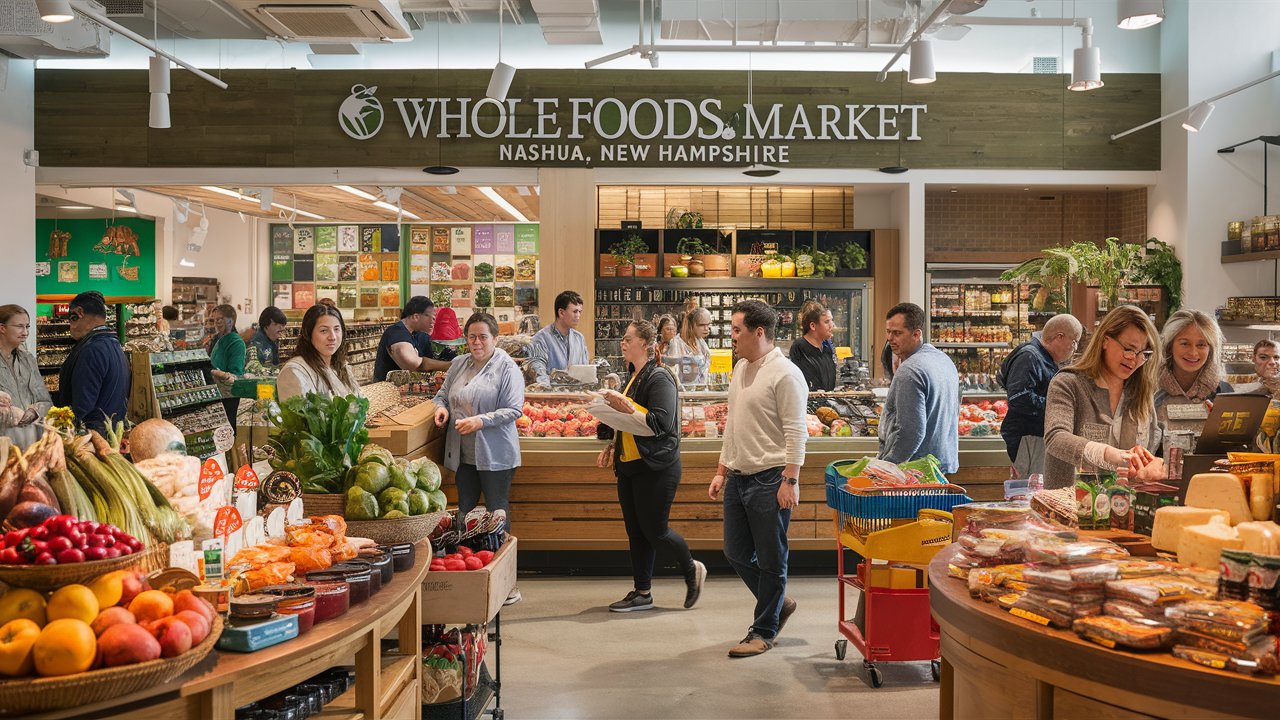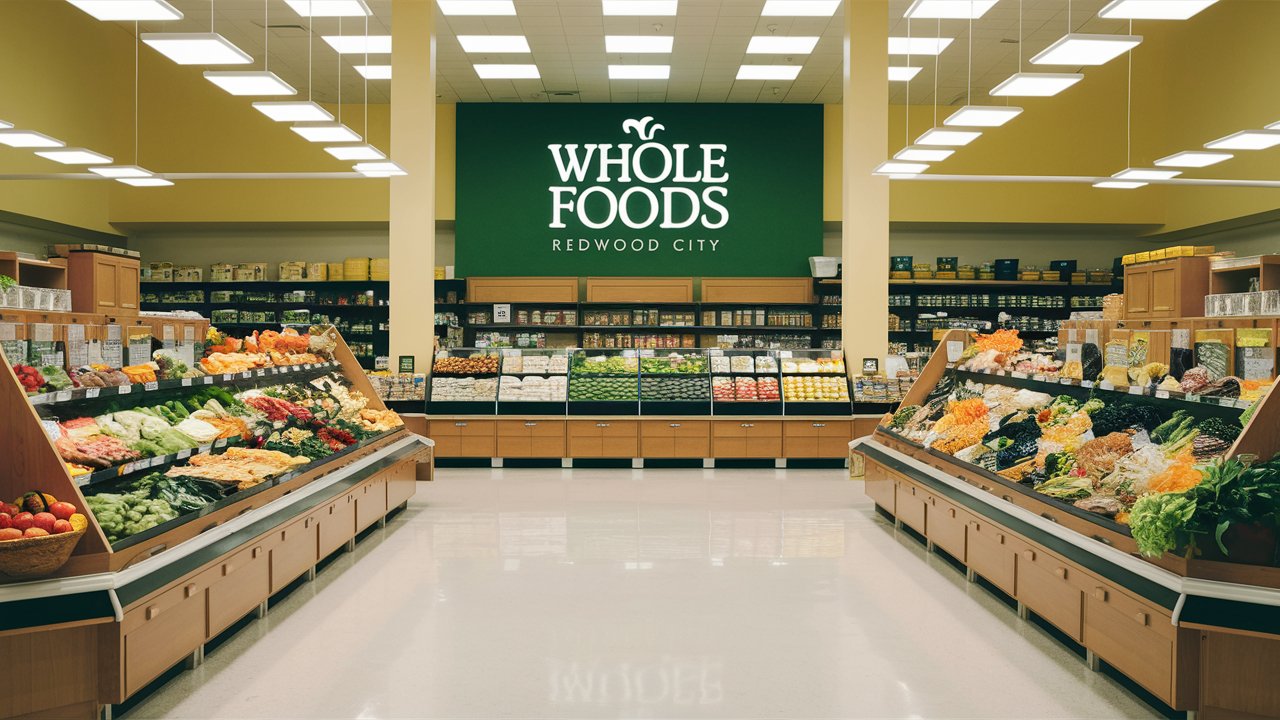Table of Contents
Are you looking to add a pop of color to your culinary creations? Using all-natural ingredients to make purple food coloring can transform your dishes into vibrant masterpieces without using artificial dyes. This guide will explore simple yet powerful ways to create stunning purple hues with everyday ingredients. Whether you’re baking, cooking, or decorating, homemade purple food coloring is healthier and adds natural beauty to your food. Let’s dive in and discover the magic behind creating this rich, eye-catching color.
Why choose natural purple food coloring?
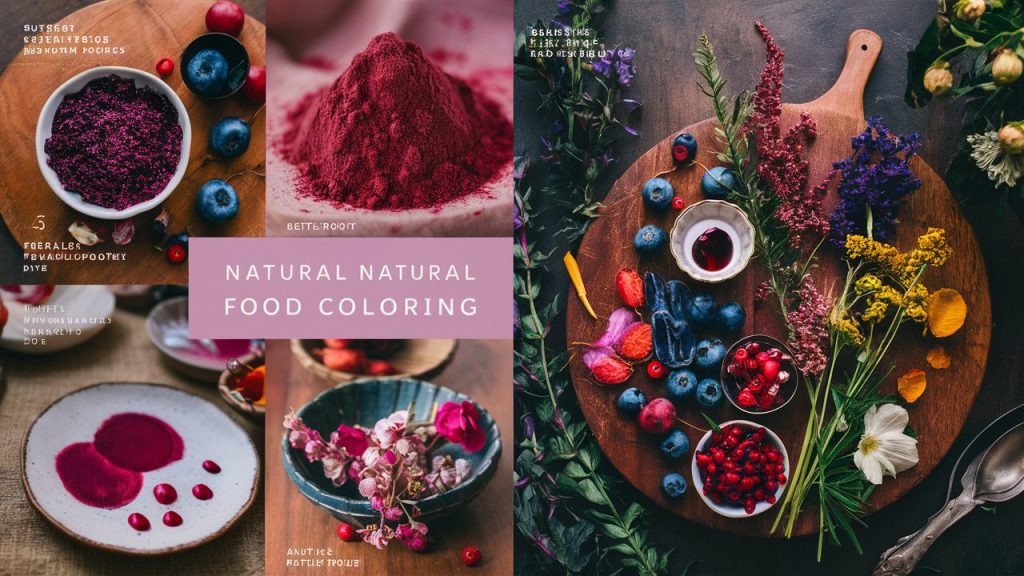
When it comes to food coloring, many people opt for store-bought dyes because they’re convenient. But did you know that coloring your own purple food is easy and healthier? Artificial food coloring frequently contains substances that, over time, could be dangerous. How do you make purple food coloring? On the other hand, natural ingredients allow you to create beautiful colors without any adverse side effects.
How do you make purple food coloring? You’ll ensure that your dishes are free from unnecessary additives. Plus, making your colors at home allows you to control the intensity of the shade, whether you want a soft lavender or a deep, rich purple. So why settle for artificial when you can achieve stunning, vibrant colors with ingredients right from your kitchen?
How to Make Purple Food Coloring with Blueberries
Blueberries are one of the best ingredients for making purple food coloring. Their natural pigments can be extracted easily, and they offer a deep, beautiful shade of purple that works well in various dishes.
How to Make Purple Food Coloring with Blueberries: A Step-by-Step Guide
- Gather Your Ingredients: You’ll need fresh or frozen blueberries, water, and a filter.
- Cook the Blueberries: Place a cup of blueberries in a saucepan with 1/4 cup of water. Simmer the berries on low heat until they soften and release their juices.
- Strain the Mixture: Pass the mixture through a fine mesh strainer to extract the juice from the blueberry skins. A vivid purple liquid should be left.
- Cool and Store: Let the liquid cool before using it in your recipes. Store any leftover coloring in an airtight container in the fridge.
This blueberry-based purple food coloring adds a natural, colorful twist to frostings, smoothies, and doughs.
How to Use Red Cabbage to Make Purple Food Coloring
Red cabbage might not be the first thing you think of when it comes to making purple food coloring, but it’s an excellent source of natural pigment. The anthocyanins in red cabbage provide a deep purple hue when adequately extracted.
Step-by-Step Guide to Using Red Cabbage for Purple Food Coloring
- Gather Your Ingredients: You’ll need red cabbage, water, and baking soda or lemon juice to adjust the color.
- Boil the Cabbage: Chop half a head of red cabbage and place it in a pot with enough water to cover. Boil for about 30 minutes until the water turns a dark purple.
- Strain and Adjust the Color: After straining the liquid, you can adjust the hue by adding baking soda (for a bluer tone) or lemon juice (for a redder tone). Once you have the ideal purple hue, keep experimenting.
- Cool and Store: Once cooled, your cabbage-based food coloring is ready to use.
This method is excellent for those looking for a vibrant, long-lasting natural dye that can be used in sweet and savory dishes.
How to Make Purple Food Coloring with Beets
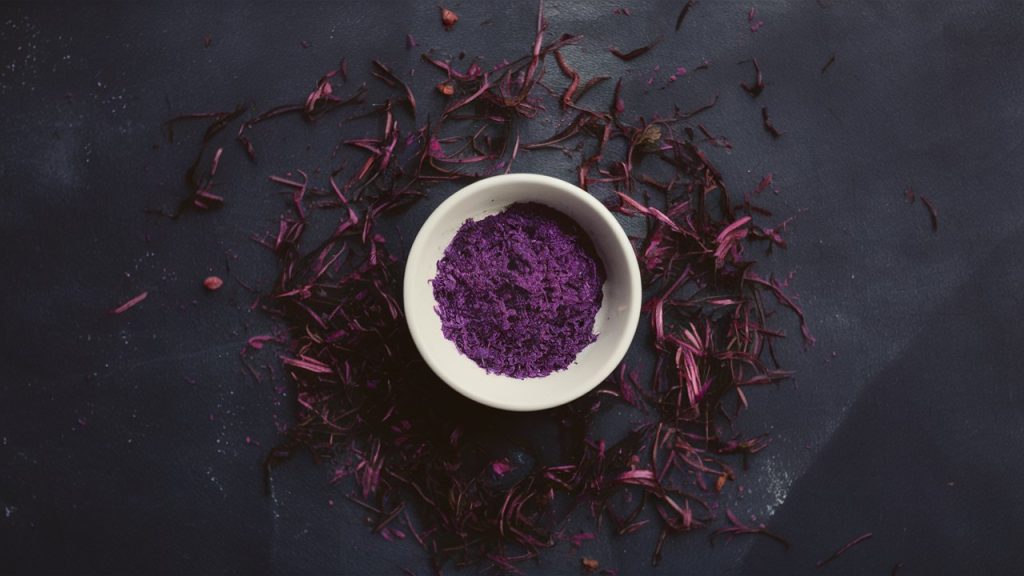
Beets are another fantastic option for creating natural purple food coloring. How do you make purple food coloring? They offer a rich, earthy color that adds depth to any dish.
Step-by-Step Guide to Using Beets for Purple Food Coloring
- Gather Your Ingredients: You’ll need fresh beets, water, and a filter.
- Cook the Beets: Cook the Beets: Peel and chop 2-3 medium beets. Please place them in a pot with water and simmer for about 30 minutes.
- Strain and Extract the Juice: Once the beets are soft, strain the mixture to collect the deep red-purple liquid.
- Adjust and Store: Depending on your desired shade, you can add a bit of vinegar to brighten the color or leave it as is for a darker purple.
Beet-based purple food coloring works wonderfully in baked goods, frostings, and beverages.
Tips for Using Homemade Purple Food Coloring
Now that you know how to make purple food coloring from different natural ingredients, here are some valuable tips to get the best results:
- Test in Small Batches: Before adding your homemade food coloring to an entire batch of frosting or batter, test it in a small portion first to see how the color develops.
- Store Properly: Natural food coloring should be stored in airtight containers in the refrigerator. Depending on the ingredients used, it will last about a week.
- Use with care: Since natural colors can be less concentrated than artificial dyes, you may need to use more to achieve the desired color. Start modest and increase over time.
- Combine Ingredients: Don’t be afraid to mix different natural dyes to create a custom shade of purple. For instance, mixing extracts of red cabbage and blueberries can result in a deeper hue.
Also read: Where can a food worker wash her hands? Unlock vital safety tips!
How do I make purple food coloring? Whether you choose to use blueberries, red cabbage, or beets, you’ll create stunning, vibrant colors free from artificial additives. Additionally, because natural dyes are adaptable, you can experiment with various tints and applications in various recipes.

